Did you ever wonder how a Database really works ?
The invention of the hard disk, a high-capacity mass storage device, was used in 1956 to allow computers to collect, classify and store large volumes of data more flexibly and efficiently.
In 1964, the term database appeared to designate a set of data shared by several users of a military information system.
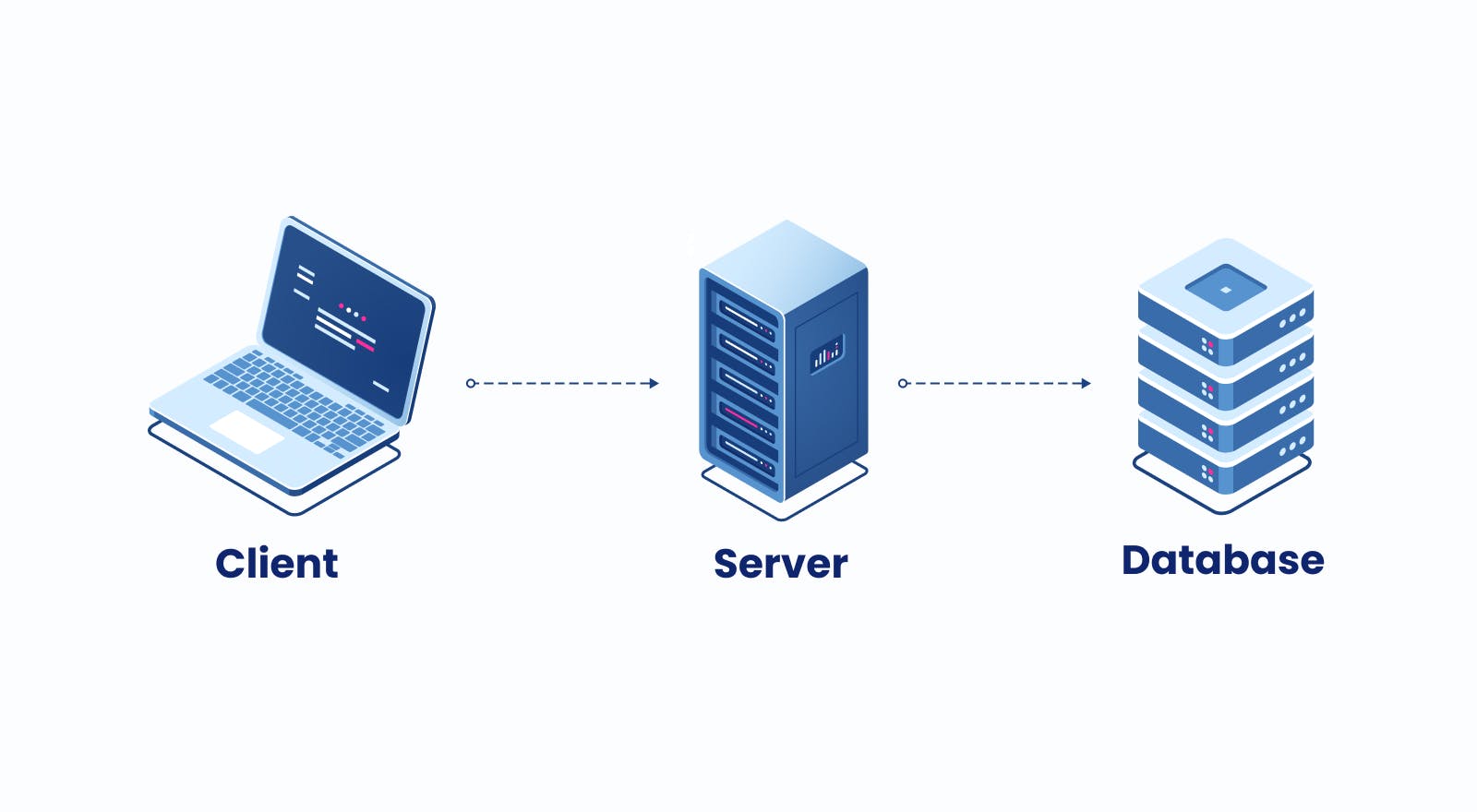
What is a database?
A computerized database contains real-world information; it's a set of raw data stored on a server that can be modified or updated by a community of users via customer interfaces.
The database management system (DBMS) stores structured data, which allows you to easily manipulate, organize, analyze, make queries and retrieve all of your data.
Databases are used by many companies in all industries. They allow you to keep vital and confidential information. In order to manage a database, a SQL language is used.
First, let's take a look at the DBMS
DBMS = DataBase Management System
As the name implies, DBMS is a universal software device for the management of the database, which allows users to enter, reclaim, modify, sort, or transform the information in a database. It interacts with an interface between the data and the software application.
Many DBMSs offer tools such as monitoring, statistics, and so on...
The DBMS is divided into four parts:
- SQL Motor —> performs file manipulations; it links the different record lines, transcribes them, and checks the data integrity.
- Catalog —> contains the description of our database. (the authorizations, information, and the names of the users)
- Control language —> manipulates database content.
- Query processor —> execute requests that the DBMS understands and provides necessary information requested by users.
Some of the most used DBMS programs :
SQL vs NoSQL
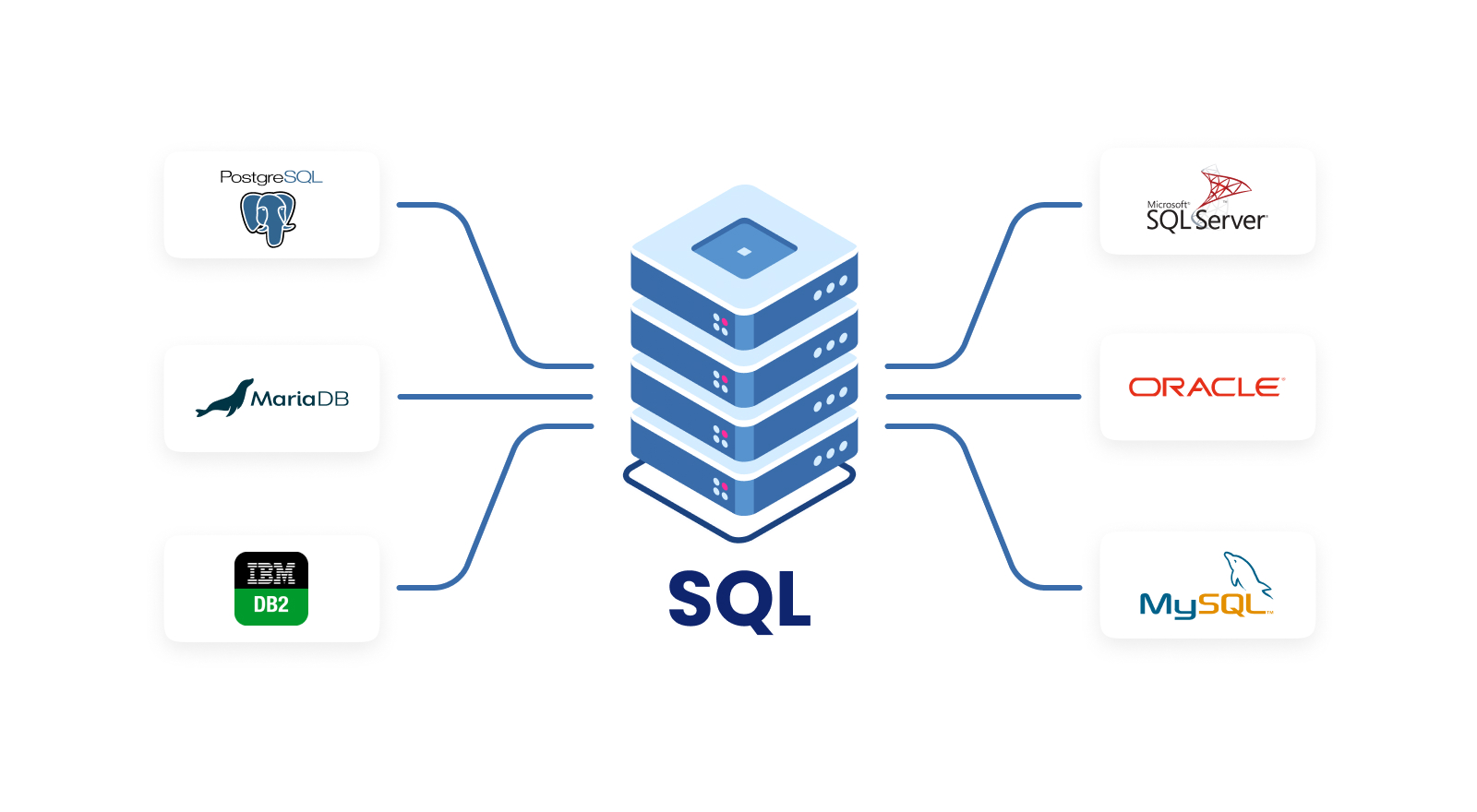
The SQL (Structured Query Language) allows us to create very advanced queries based on multiple tables to retrieve the data we need to present to our users.
SQL database, which we can also call DBMSR for relational, is a system based on tables (like Excel) with a predefined, structured, and strict pattern.
Imagine a dealership database: one table for customers, one for the car they bought, and another one for the address of the dealership.
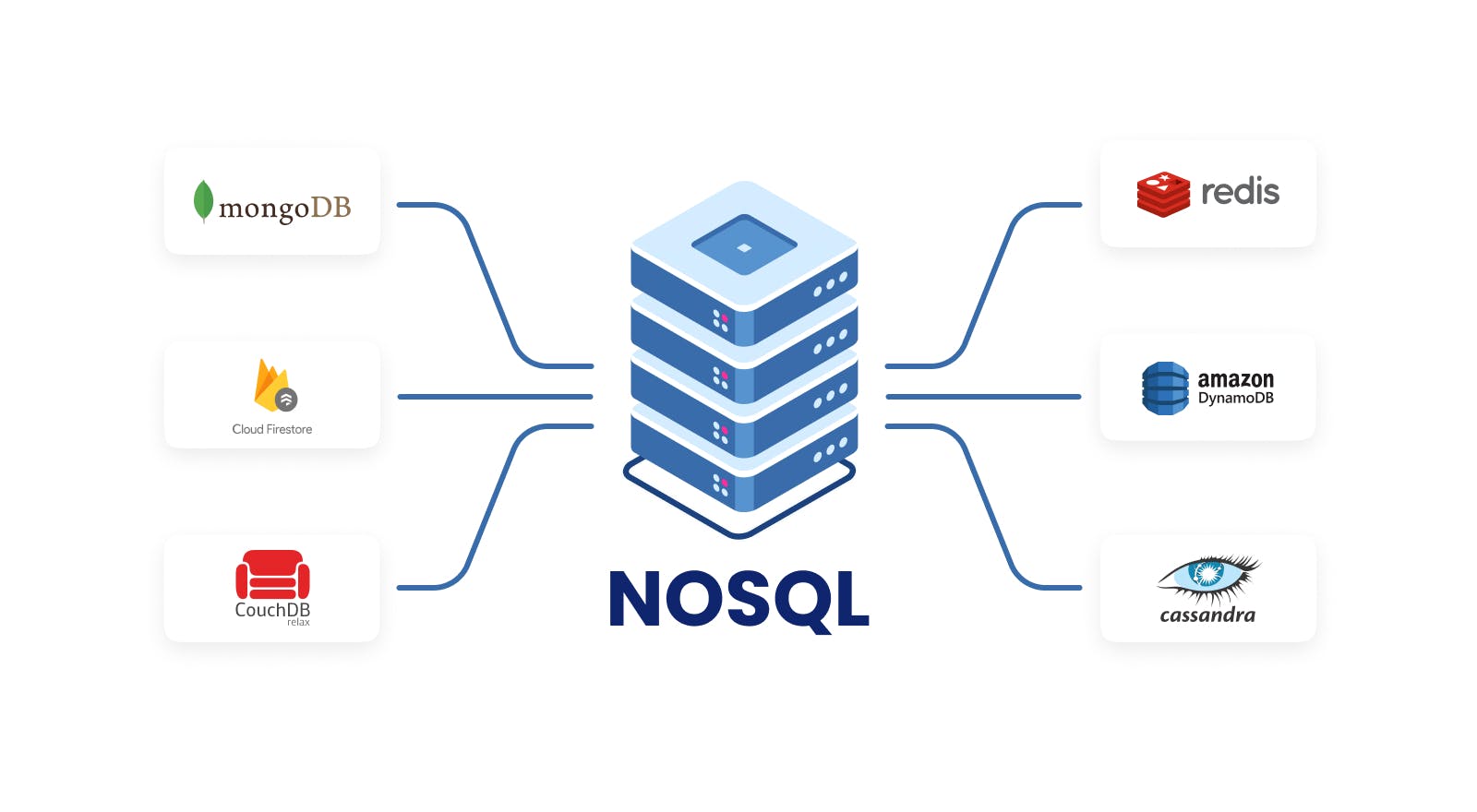
NoSQL database stands for Not only SQL and is non-relational, everything functions as an "object" and it is managed to handle massive amounts of data.
This database system was built to be scalable, flexible, and capable of handling both structured and unstructured, semi-structured, and polymorphic data.
NoSQL database can also be called UnQL for Unstructured Query Language.
Since NoSQL data has no formal schema, you can write anything you want for each record dynamically. To store and retrieve data, NoSQL relies on documents, key-value, graphs, and column-oriented databases.
When to use SQL or NoSQL?
Use SQL :
- If you don’t expect a lot of modifications or growth to your database.
- If you have complex databases or transactions because it will provide stable data.
- If there is no huge volume of data types.
Use NoSQL :
- If new columns or functions are regularly added to the database.
- If your company is constantly growing.
It's a matter of your business need.
The main types of databases :
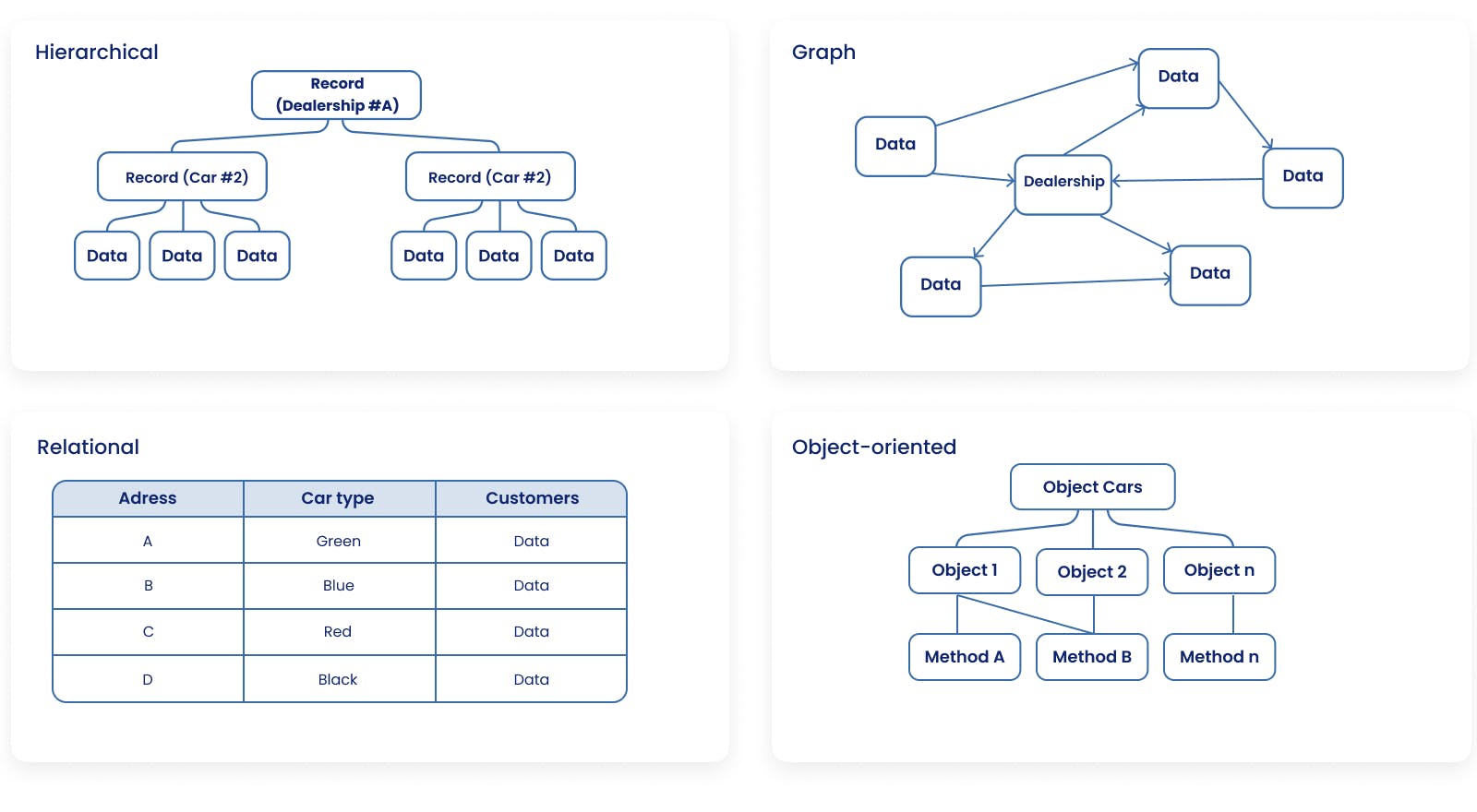
- Hierarchical: It is the oldest type of database
- Graph: There is no strict relation between each part, there are many ways to enter research. A type of NoSQL database that uses graph theory to store, map and query to establish a relation between data.
- Relational: The most used and known as SQL based on structured tables.
- Object-oriented: This is a type of relational database and it's called object-oriented because the data is stored in an "object" form. An object is a real-world item, such as a car or a serial number.
Why would you have to use a database?
Databases allow keeping the users' data, especially when there is a lot of data on customers, employees, and products. To be successful in business, this requires the use of an effective DBMS.
Thanks to these, databases can optimize communication channels, customer satisfaction and experience can be improved and personalized.
The purpose of having an adequate database allows you to create well-targeted marketing offers and adapt products and services according to the customers' behavior and needs.
The data records allow for segmenting the information that favors a successful email and SMS campaign through well-defined criteria and relations elaborated for thousands or millions of potential customers.
A good database will help in a company's growth.
How it works at Nightborn
At Nightborn, we use SQL Server, a Microsoft product. It allows us to store and extract data between software application systems.
Since our main Back-End development is in .NET CORE, we use EntityFramework, a programming technology called ORM, Object-Relational Mapping.
This ORM process allows us to develop quicker, reduces the code, and creates uniform objects.
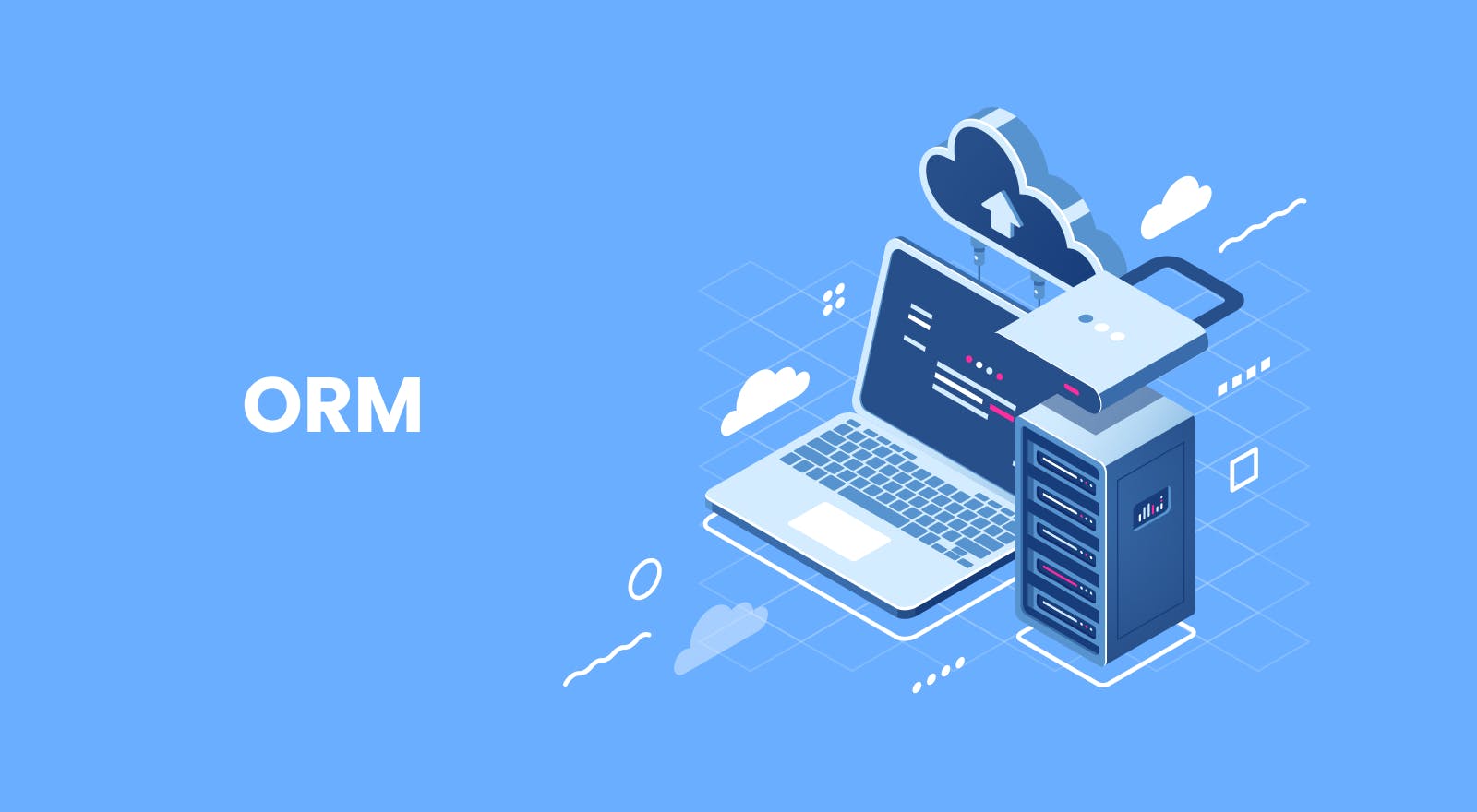
💡 Read more about our services 👉nightborn.be/services👈
Conclusion
In the era where personal data is the new gold, we believe it’s important to build secure databases for your application. We never underestimate data protection. Your database must be well-managed if you need to structure your data, analyze the volume, and track its evolution. Depending on the project, we’ll opt either for a SQL option (SQL Server) or a NoSQL option (MongoDB).
If you liked this article, you might also like: